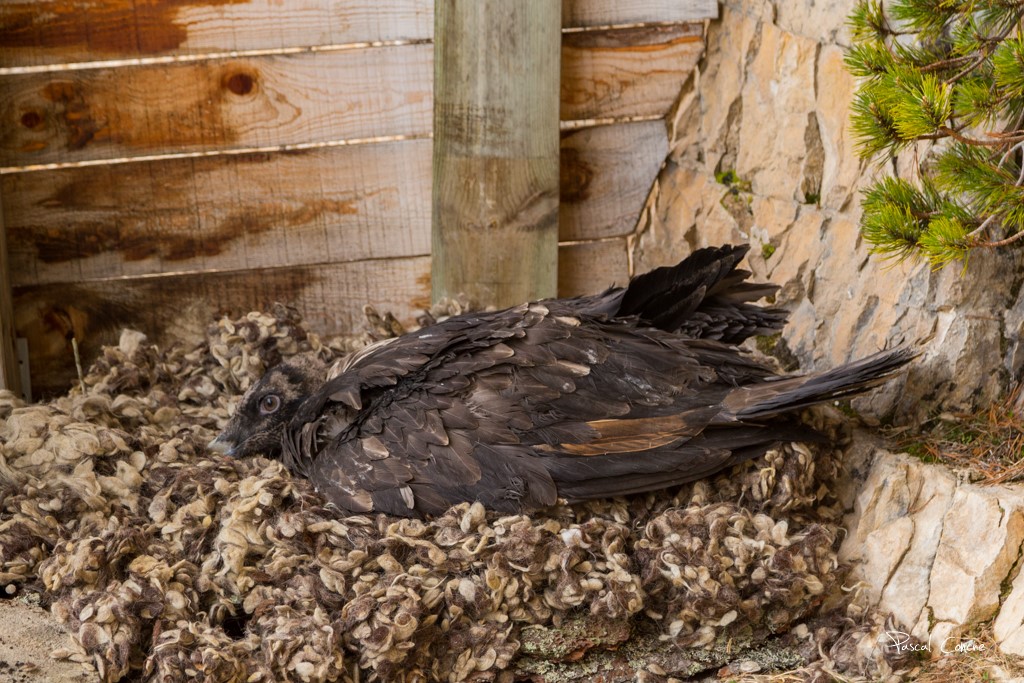Barely two days after leaving the Douro region, the female Egyptian vulture Faia is already in Africa. Faia left the area on Thursday 24th August, and spent the first night near Cáceres, while on Friday night it was near Sevilla (see map). Today in the morning Faia flew over the Gibraltar strait and reached Morocco.
Faia was captured at the Escalhão supplementary feeding site in June, ands bred successfully in the Águeda valley, on the Spanish side of that international river
Faia is the first of the 5 Egyptian vultures tagged in the Douro within the LIFE RUPIS project to migrate. All the other 4 birds are still in the area, and they have been using the supplementary feeding sites established as part of the project – this week at least 18 Egyptian vultures were photographed together at the Escalhão breeding site, including Bruçó, the male captured and tagged in July near Miranda do Douro (see photo).
All the 5 birds are equipped with a GPS tag that have been providing the project with valuable information about their detailed movement.
You can follow the movements of all these birds at our website here – https://www.4vultures.org/our-work/monitoring/egyptian-vulture-online-maps/
The LIFE RUPIS project aims to implement actions to strengthen the populations of the Egyptian vulture (and the bonelli´s eagle) at the trans-border Douro, by reducing the mortality of these birds and increasing their breeding success. The Egyptian vulture is the smallest vulture in Europe, and it is classified as “Endangered” – in Europe its populations have declined by 50% over the last 40 years.
The project includes equipping electric lines against electrocution, several actions that aim to minimize the threat of illegal poisoning, targeted management of over 1,000 hectares of important habitats for the species and also the creation of a network of supplementary feeding stations.
The project is implemented by the VCF and partners, including SPEA (BirdLife in Portugal), ATN and Palombar (regional conservation organisations in NE Portugal), the Junta de Castilla y Leon & the Fundación Patrimonio Natural de Castilla Y León, the Portuguese electricity distributor EDP-D, the Portuguese statutory conservation agency ICNF and the Portuguese environmental police force (GNR), and is co-funded by the MAVA Foundation.
Photo: ATN





